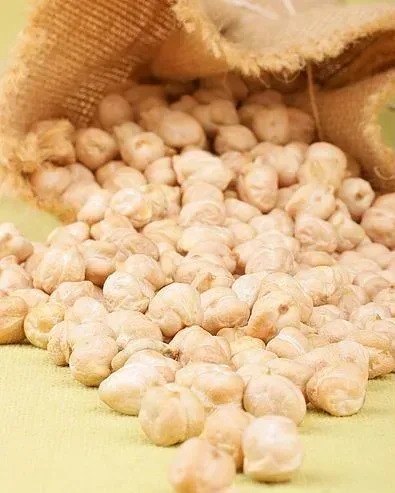Choose the healthiest salt for your kitchen

Some salts are considered healthier than others, such as pink Himalayan salt and different types of sea salt. These are revered for their taste and texture compared to regular table salt. They are also preferred by some because most (but not all) are less processed and may contain more trace minerals. But all salts are healthy in moderation since they contain sodium, which is a necessary part of a balanced diet. Though essential for the body, sodium is potentially harmful when consumed in excess. And too little or too much salt can affect the flavor and chemistry of food.
Salt sustains human life and optimal bodily function. There is plenty of research on salt and how it affects your health, but rigorous studies comparing different types of salts are still lacking. Just as the body requires the right amount of sodium, consuming too much salt can be unhealthy.
Choosing the best salt comes down to taste, preference, and cooking style. If you’re looking for a crunchy texture with some color to add a finishing touch to your meals, pink Himalayan salt is a great choice. If you're cooking with salt, you can always use sea salt, kosher salt, and regular table salt depending on the flavor you're hoping to achieve. Keep in mind that specialty salts are often more expensive per ounce than table salt and kosher salt.
Salt is used for flavor—not to add nutritional value (with the exception of iodine). Still, getting the right amount of salt in your diet plays an essential role in maintaining optimal health. You can try different types of specialty salt to make your meals more versatile and savory, but be sure to keep an eye on your sodium intake. If you have high blood pressure, ask your doctor about salt substitutes that are safe for you to try.
Sources: Very Well Fit
Recent Posts
Related Articles
Benefits of chickpea flour and how to make it
Chickpea flour has been a staple in Indian cooking for centuries. Chickpeas...
June 19, 2023What is alkaline water?
You may have heard various health claims about alkaline water. Some say...
June 19, 2023Different methods of cooking
In cooking, there are some basic methods of cooking that are used....
June 19, 2023The alarming impact of added sugars
Added sugars are those sugars that are added into foods during the...
June 19, 2023

























Leave a comment